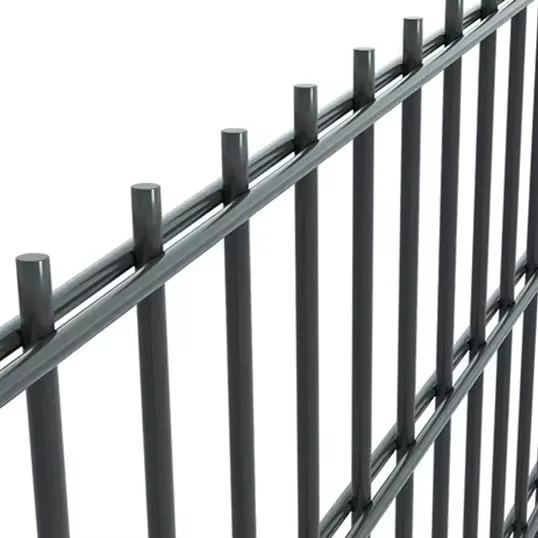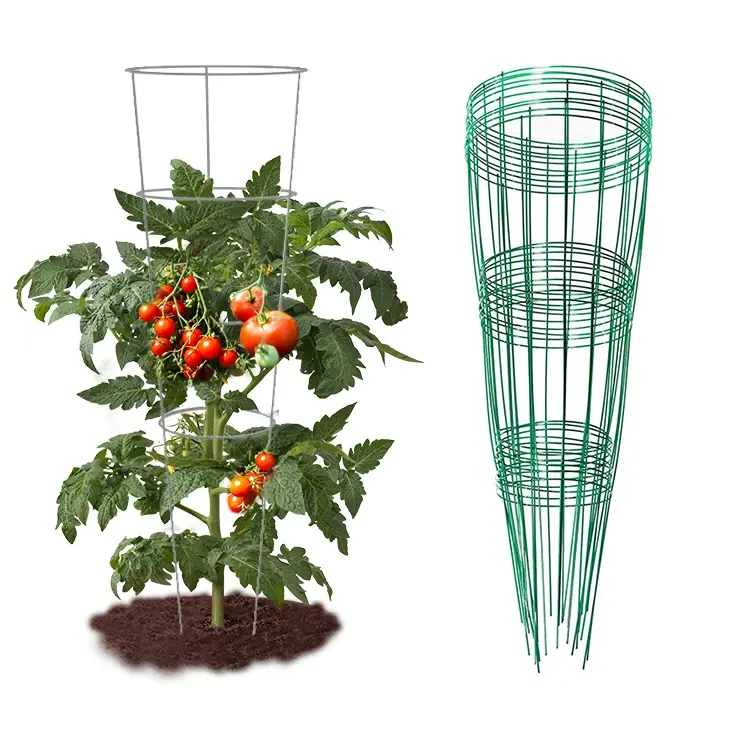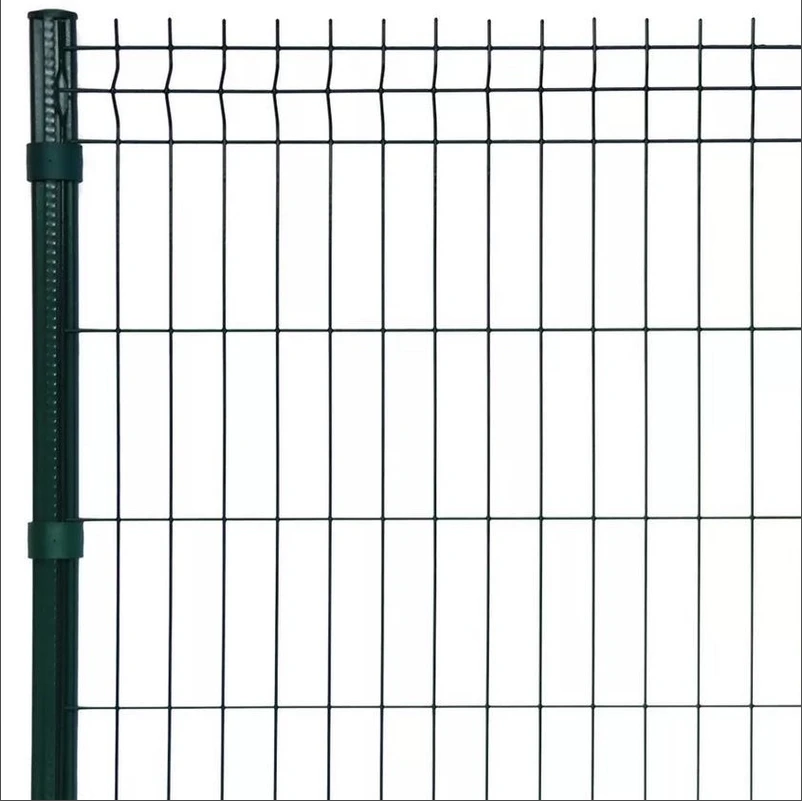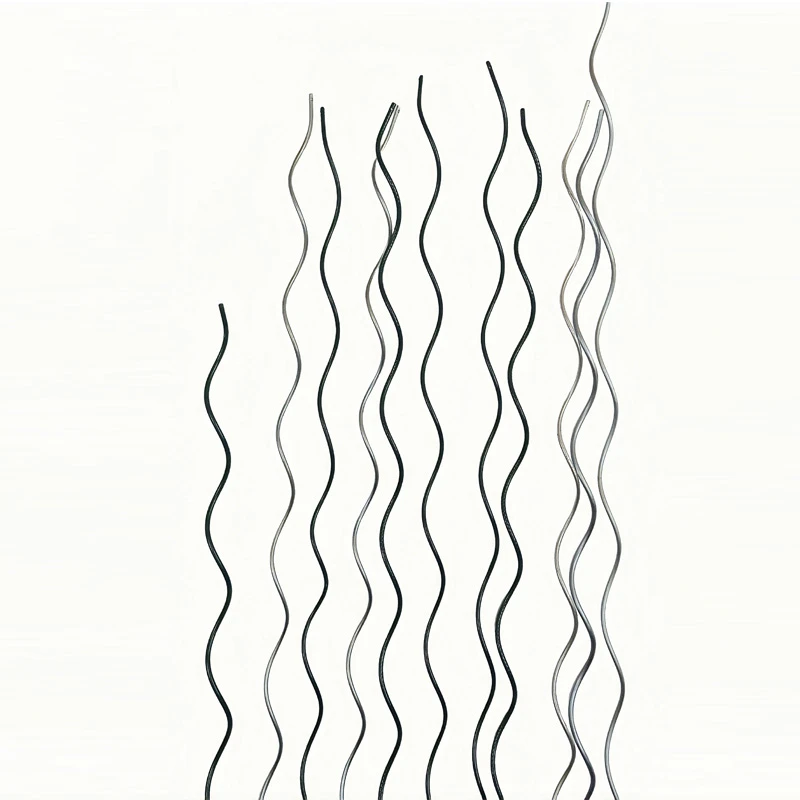-

-
 Whatsapp:+86 17732187393
Whatsapp:+86 17732187393 -

Galvanised Wire Mesh Panels – Durable & Rust-Proof
Galvanised Wire Mesh Panels have been having a moment lately—especially the 2D twin-wire style that site managers in the UK and Germany keep requesting. The product in question here is the Sustainable Galvanized PVC Powder Coated 2D Welded Wire Panel Fence For Building Construction. Long name, but the idea is simple: twin horizontals for brute rigidity, clean lines for visibility, and coatings that survive British rain and coastal wind.
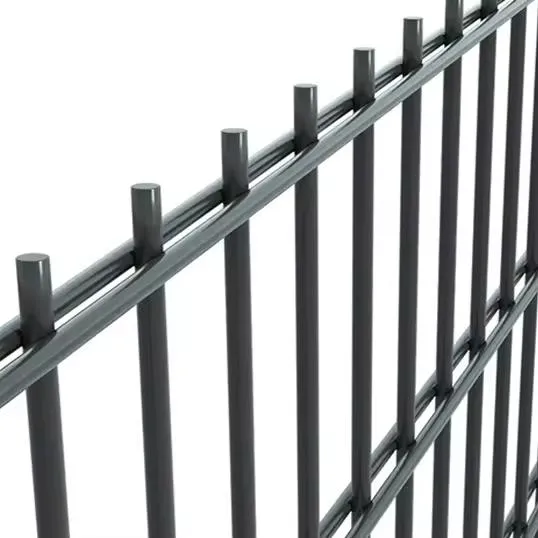
Why twin-wire, and why now?
Construction sites, schools, logistics yards—everyone wants a fence that looks tidy but shrugs off footballs, forklifts, and the occasional attempted climb. With twin horizontals, Galvanised Wire Mesh Panels resist deformation far better than single-wire “3D” panels. In fact, the DSM (doppelstabmatten) format remains the go-to across much of Europe. And yes, sustainability matters: powder coats free from heavy metals, recyclable steel, longer service life—less waste.

Typical applications and what people say
-
- Industrial perimeters, schools, parks, playgrounds, residential boundaries
- Temporary-to-permanent site fencing during refurb phases (seen it a lot in the Midlands)
- Sports courts where rigidity and ball-impact resistance matter
“No sag, no rattle,” a site manager from Leeds told me after a winter on exposed ground. That tracks with what many customers say: twin-wire stays straight.
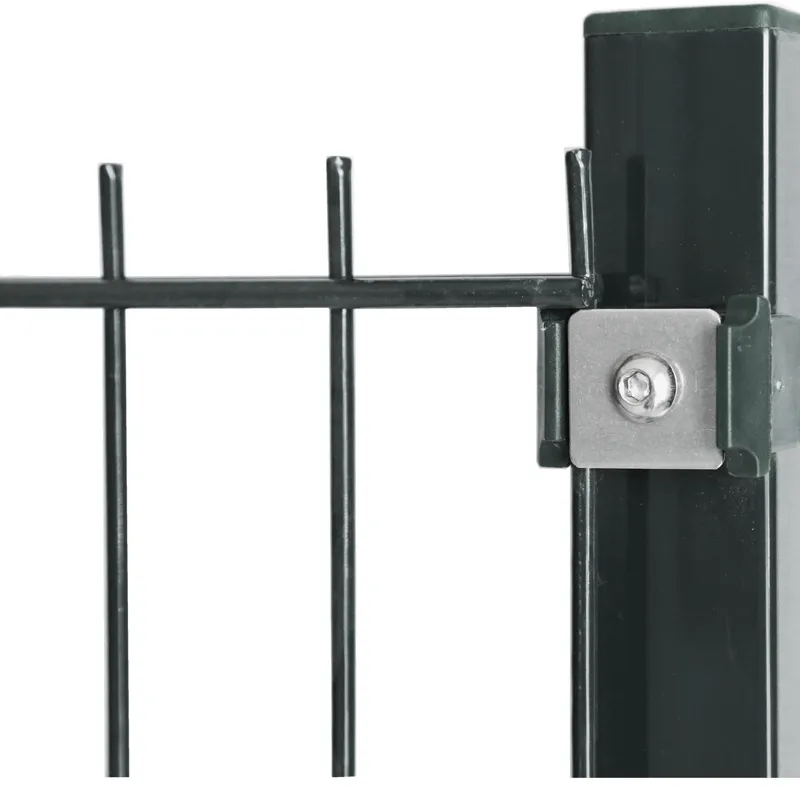
Core specifications (typical, real-world use may vary)
| Panel Type | 2D twin-wire welded (DSM) |
| Mesh Aperture | ≈200 × 50 mm |
| Wire Diameter | Vertical ≈5–6 mm; Twin horizontals ≈6+6 or 8+8 mm |
| Panel Height | ≈1030–2430 mm (common) |
| Panel Width | ≈2500 or 3000 mm |
| Coatings | Pre-galv + polyester powder (≈80–120 μm); or hot-dip galvanised; PVC powder coated |
| Zinc Mass (wire) | ≈60–275 g/m² (per EN 10244-2 ranges) |
| Posts | RHS 60×60 or 80×60 mm with clamp bars and anti-tamper fixings |
| Colours | RAL 6005, 7016, 9005 (others on request) |

How it’s made (quick process flow)
Materials: low-carbon steel wire (Q195/Q235) drawn to size; welded by resistance welding for consistent fusion. Galvanisation: either zinc-coated wire to EN 10244-2 before welding or full hot-dip after fabrication (ISO 1461) for harsh sites. Surface prep: degrease + phosphate. Coating: polyester powder cure at ≈180–200°C; target thickness ≈80–120 μm. Testing: salt spray per ASTM B117; adhesion per ISO 2409; coating category guidance per ISO 12944 (often C3–C4, coastal C5 needs HDG + heavy powder). Service life: around 10–25 years depending on environment and maintenance (I’ve seen coastal installs hit the lower end).
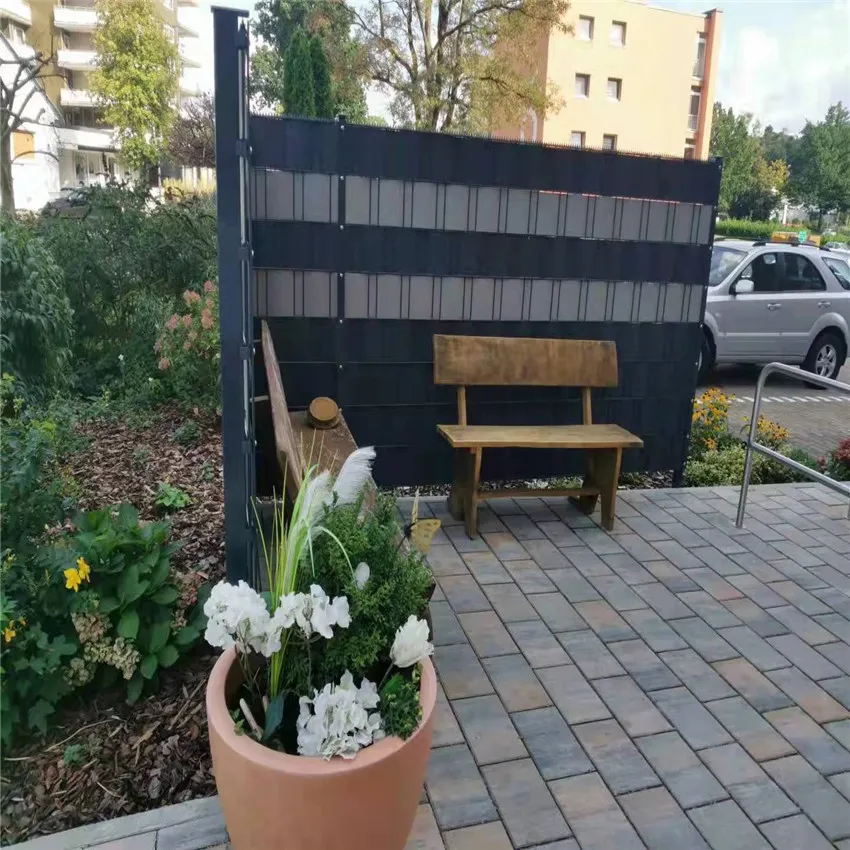
Vendor comparison (indicative)
| Vendor | Origin | Lead Time | Coatings | Certs/Docs | Warranty |
|---|---|---|---|---|---|
| Peiling Tech (2D Twin-Wire) | Room 818, Lijing INTL BLDG, No.681 Xinhua Rd, Shijiazhuang, Hebei, China | ≈15–25 days | Pre-galv + powder; HDG + powder; PVC powder | ISO 9001; test reports on request | Up to 10 years (site-dependent) |
| Generic EU Importer | EU stock | ≈4–6 weeks | Powder only (limited HDG) | CE docs; limited lab data | 5–10 years |
| Local Fabricator | Domestic | ≈1–2 weeks | Custom; powder focus | Variable QA | Varies |
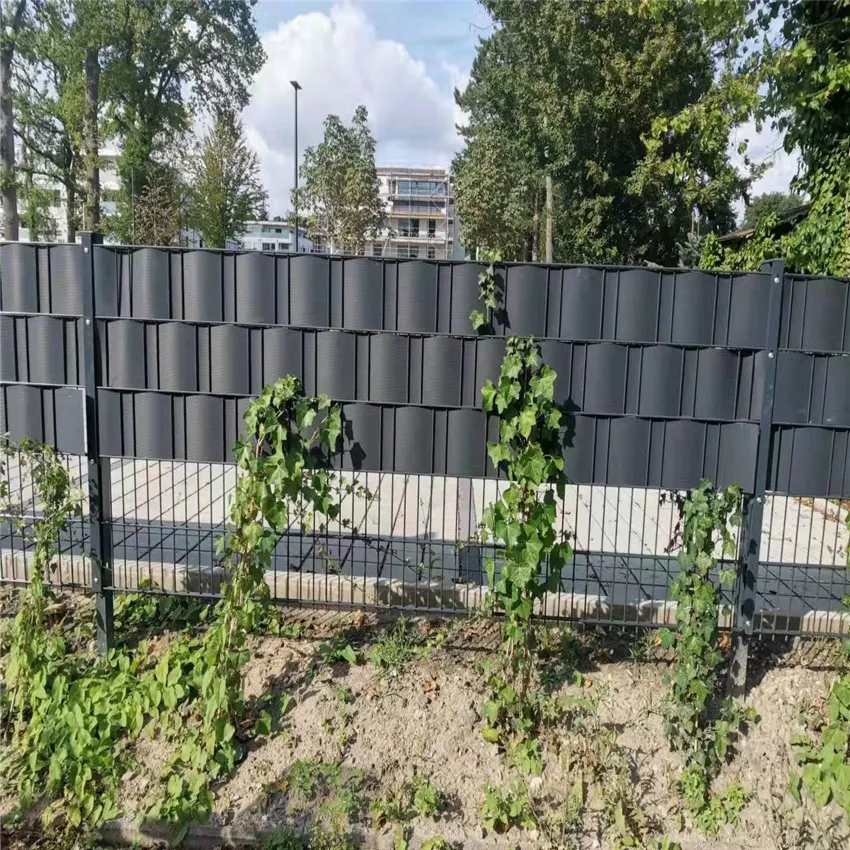
Field notes, test data, and a quick case
Salt-spray tests we reviewed (ASTM B117) showed pre-galv + 100 μm powder surviving ≈500–720 h to first red rust; HDG + powder pushed ≈1000 h in lab conditions. Actual sites vary—coastal spray shortens life, rural installs last ages.
Case: a Midlands distribution park upgraded to Galvanised Wire Mesh Panels (8/6/8 format) around loading bays. After 18 months of pallet impacts (not ideal, but it happens), panels remained straight; two posts needed replacement, panels didn’t. That rigidity is the twin-wire story in one line.
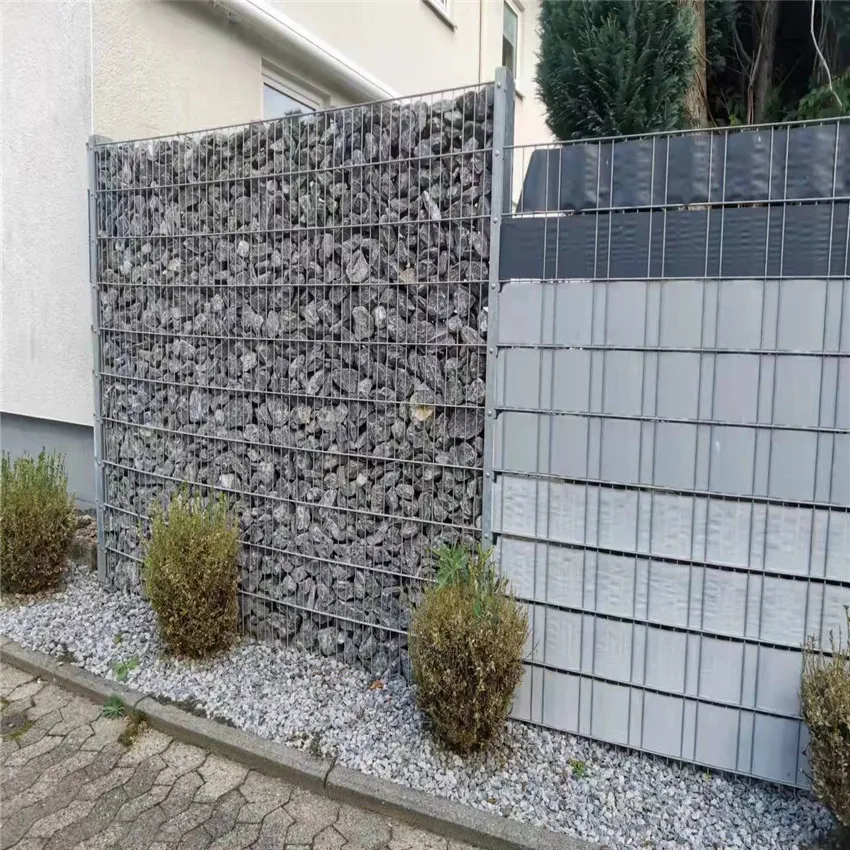
Customization and compliance
Heights, wire gauges (6/5/6 or 8/6/8), clip vs clamp-bar systems, cranked or base-plated posts, and RAL colours are all configurable. For tougher environments, combine hot-dip galvanising (ISO 1461) with a high-build powder aligned to ISO 12944 C4–C5 guidance. Documentation—mill certs, coating thickness, and test reports—should be part of the handover pack. To be honest, it saves headaches later.
Final thought
If your brief says “robust, tidy, low maintenance,” Galvanised Wire Mesh Panels—specifically the 2D twin-wire—and a sensible coating stack are still the pragmatic choice.
Authoritative references
- ISO 1461: Hot dip galvanized coatings on fabricated iron and steel articles.
- EN 10244-2: Steel wire and wire products — Non-ferrous metallic coatings on steel wire.
- ASTM B117: Standard Practice for Operating Salt Spray (Fog) Apparatus.
- ISO 12944: Paints and varnishes — Corrosion protection of steel structures by protective paint systems.
-
Comprehensive Guide to Single Main Gate Design – Security & Efficiency UnlockedNewsNov.24,2025
-
Enhance Home Security and Style with Single Iron Gate Design for HouseNewsNov.23,2025
-
The Single Gate Simple Design Explained: Benefits, Applications & Future TrendsNewsNov.23,2025
-
Robust & Cost-Efficient Single Gate Iron Design Solutions for Industry & ReliefNewsNov.22,2025
-
Durable Single Gate Design Iron Solutions for Industrial and Relief UseNewsNov.21,2025
-
Single Gate Design for Home: Security, Style & Sustainability ExplainedNewsNov.20,2025


